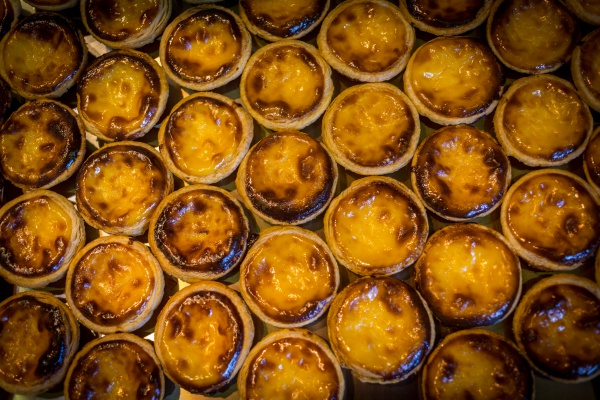Facts About Pastel de nata
Pastel de nata, a delightful Portuguese egg tart pastry sprinkled with cinnamon, has won fans across Western Europe, Asia, and former Portuguese colonies such as Brazil and Macau. In Macau, even KFC adopted this treat, making it available in mainland China and Taiwan. It is also quite popular in Indonesia, especially in the Portuguese ethnic enclave of Kampung Tugu.
The origins of pastéis de nata can be traced back to the 18th century. Catholic monks at the Hieronymites Monastery in Lisbon crafted these pastries using leftover egg yolks from starching clothes. After the Liberal Revolution of 1820 led to the decline of religious orders, the monks began selling the pastries to support themselves. Eventually, they sold the recipe to a sugar refinery, leading to the establishment of the Fábrica de Pastéis de Belém in 1837, which still operates today. In 2009, The Guardian honored pastéis de Belém as one of the 50 best foods in the world.
Portuguese traders in Japan during the 16th century left a lasting mark on Japanese cuisine, introducing baked goods like pan (from the Portuguese pão) and castella. Pastel de nata also found its way to Japan, where it has been adapted to local tastes, including varieties like green tea-flavored pastel de nata. These unique versions have even reached South Korea and other Asian markets.
